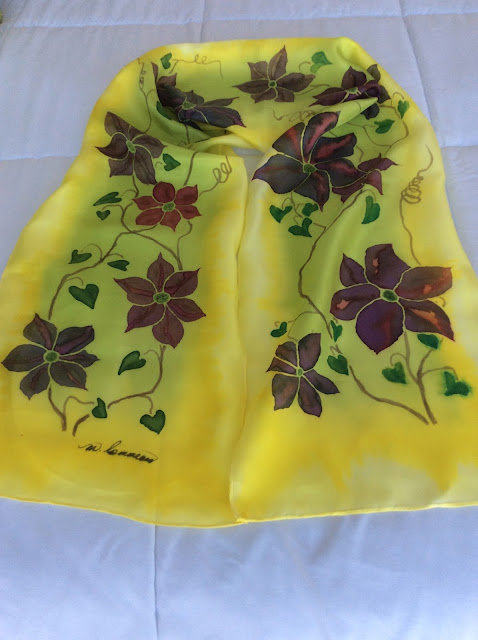 |
| Family Thanksgiving visit |
 |
| Coastal North Florida sunset |
I have promised myself to look around me in wonder every day (yes, even on those days--can I keep my promise even then?) seeking beauty in nature, courage and kindness in people, and simple decency toward and respect for everyone I encounter. I pray for the same for all of you who have celebrated the love of God in Christmas or the steadfast care of God in Hanukkah--as well as for all well-intentioned people vowing to care for one another in 2017.
From our home and family to all of you: may peace, joy, and hope come your way.



























































